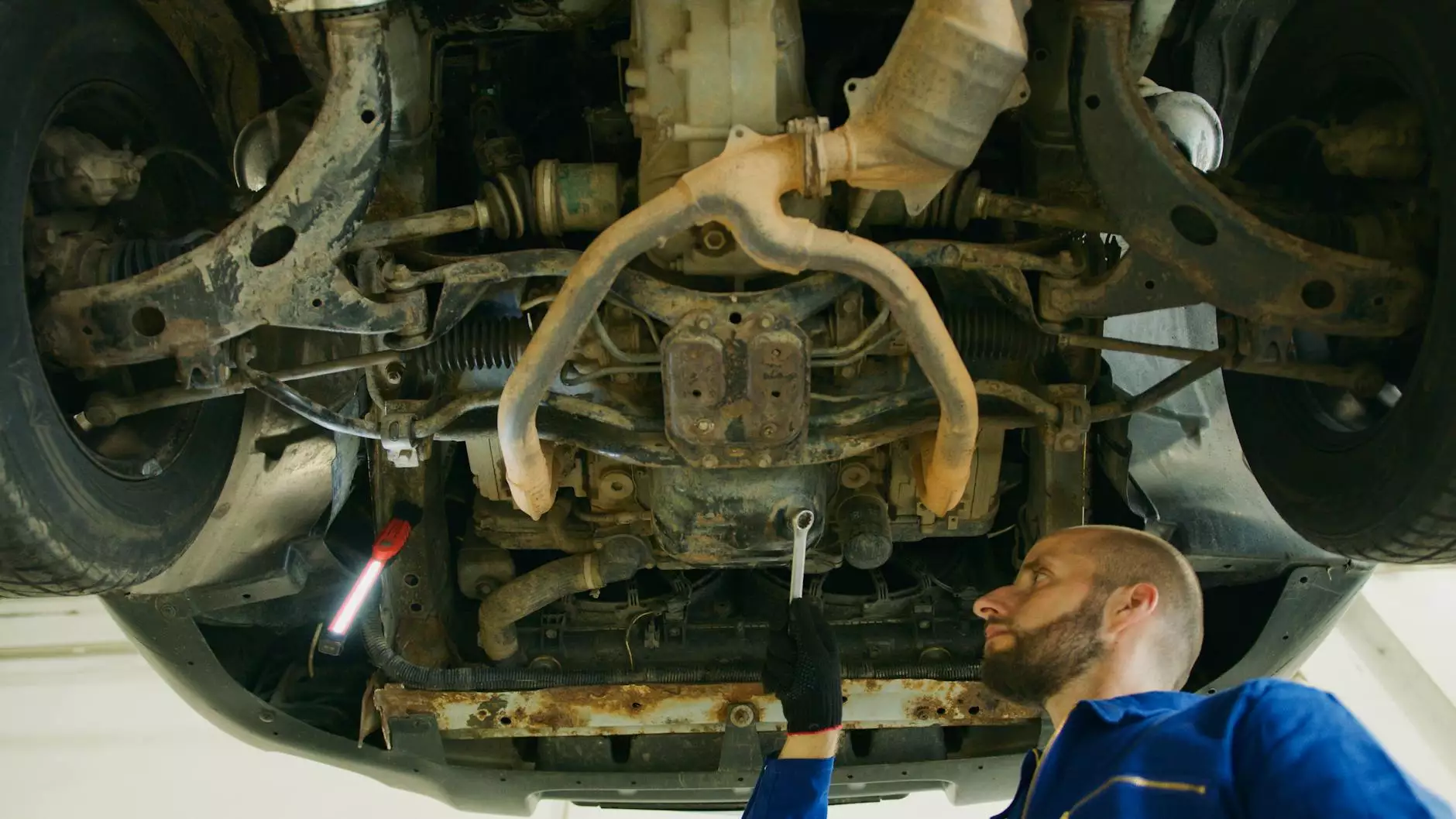Understanding Emergency Escape Breathing Apparatus Inspection

Emergency escape breathing apparatus inspection is a crucial aspect of safety management, especially in industries where personnel may be exposed to hazardous environments. This article aims to provide a comprehensive overview of the importance, procedures, and best practices surrounding these inspections to help businesses maintain safety standards and comply with regulations.
Importance of Emergency Escape Breathing Apparatus (EEBA)
The Emergency Escape Breathing Apparatus (EEBA) is designed to provide breathable air in situations where the air quality may be compromised, such as during a fire or chemical leak. The significance of proper inspection of these devices cannot be overstated, as a malfunctioning apparatus can lead to dire consequences, including injury or loss of life.
Ensuring the functionality of these devices is not merely a regulatory requirement; it is a moral obligation to protect employees and mitigate risks associated with hazardous conditions. Regular inspections on the EEBA contribute to better preparedness in the face of emergencies, ensuring that staff are ready to respond appropriately when the situation demands it.
Regulatory Standards for EEBA Inspection
Various regulations govern the inspection and maintenance of emergency escape breathing apparatus. These include OSHA (Occupational Safety and Health Administration) standards and NFPA (National Fire Protection Association) guidelines. Each of these organizations sets specific requirements to ensure that these life-saving devices are operational when needed.
- OSHA Standards: OSHA mandates regular checks of all safety equipment, including EEBAs, ensuring they are in working condition before use.
- NFPA Guidelines: The NFPA outlines detailed requirements regarding the inspection, testing, and maintenance schedules for breathing apparatus systems.
Components of Emergency Escape Breathing Apparatus
To effectively understand emergency escape breathing apparatus inspection, one must first be familiar with the components of the apparatus itself. A standard EEBA typically comprises the following:
- Facepiece: Provides a secure seal around the face and houses the air supply.
- Air Cylinder: Contains the compressed air that is supplied to the user.
- Regulator: Controls the flow of air from the cylinder to the facepiece.
- Harness: Secures the apparatus to the user's body, allowing for hands-free operation.
- Backup System: An additional backup supply may be included for extended use or emergencies.
Inspection Procedures for Emergency Escape Breathing Apparatus
Conducting thorough inspections is essential to ensuring that each component of the EEBA functions correctly. The following procedures outline the necessary steps for comprehensive inspection:
1. Visual Inspection
Start with a visual examination of the entire apparatus. Look for any signs of damage, wear, or contamination:
- Check the facepiece for cracks or tears.
- Inspect the air cylinder for dents or rust.
- Verify that all labels are present and legible.
2. Functional Testing
Following the visual inspection, it is vital to perform functional tests to ensure proper operation:
- Check the regulator's performance: Ensure that air flows freely when activated.
- Cylinder Pressure Check: Verify that the cylinder is fully charged and within the recommended pressure range.
- Operational Check: Always conduct a simulated operational check to ensure the apparatus can be donned and used appropriately.
3. Maintenance and Repairs
If any defects or issues are identified during inspections, immediate action must be taken to address them. This may involve:
- Replacing damaged parts.
- Refilling air cylinders to the appropriate levels.
- Regularly scheduled maintenance by certified professionals.
4. Documentation
All inspection processes should be well documented. This includes:
- Date of inspection.
- Details of the inspection findings.
- Corrective actions taken, if any.
- Names of the personnel conducting the inspection.
Training and Education for Effective Inspection
To maximize the efficacy of emergency escape breathing apparatus inspection, organizations must prioritize training and education for their employees. Understanding the operational aspects, regulatory requirements, and proper maintenance of EEBAs greatly enhances safety. Training should encompass:
- Risk Assessment: Identify potential hazards in the workplace that necessitate the use of EEBAs.
- Correct Usage Procedures: Staff should know how to don and doff the apparatus quickly and efficiently.
- Regular Self-Inspections: Encourage workers to routinely check their emergency equipment for any visible issues.
Best Practices for Emergency Escape Breathing Apparatus Inspection
Instituting best practices can significantly improve the reliability and efficiency of inspection processes. Here are some recommended best practices:
- Schedule Regular Inspections: Establish a clear timeline for routine inspections—monthly, quarterly, or annually—based on the organization’s size and potential risks.
- Involve Experts: Whenever possible, consult with certified safety professionals for assessments.
- Utilize Checklists: Develop detailed checklists to ensure thorough inspections and comprehensive documentation.
- Focus on Accountability: Assign specific personnel the responsibility of overseeing inspection adherence and record-keeping.
Conclusion: The Future of Emergency Escape Breathing Apparatus Inspection
As safety standards evolve and technology advances, the landscape of emergency escape breathing apparatus inspection will continue to change. Organizations must remain vigilant and proactive, adapting their approach to inspections, training, and emergency preparedness.
In closing, investing in robust inspection protocols not only fulfills regulatory obligations but also fosters a culture of safety in the workplace. Emphasizing the need for continued education and proper maintenance of emergency equipment can save lives and prevent unnecessary risks. By prioritizing these inspections, organizations can maintain a high standard of safety for their personnel, aligning with best practices that lead to a safer and more compliant work environment.
Call to Action
Are you prepared to elevate your safety standards? Contact us at H2S Online Training for expert training, resources, and support in emergency escape breathing apparatus inspection and compliance.









